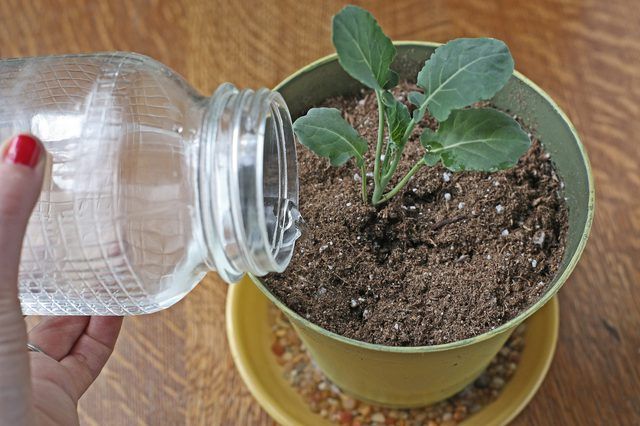Bulbs
Flower Basics
Flower Beds & Specialty Gardens
Flower Garden
Garden Furniture
Garden Gnomes
Garden Seeds
Garden Sheds
Garden Statues
Garden Tools & Supplies
Gardening Basics
Green & Organic
Groundcovers & Vines
Growing Annuals
Growing Basil
Growing Beans
Growing Berries
Growing Blueberries
Growing Cactus
Growing Corn
Growing Cotton
Growing Edibles
Growing Flowers
Growing Garlic
Growing Grapes
Growing Grass
Growing Herbs
Growing Jasmine
Growing Mint
Growing Mushrooms
Orchids
Growing Peanuts
Growing Perennials
Growing Plants
Growing Rosemary
Growing Roses
Growing Strawberries
Growing Sunflowers
Growing Thyme
Growing Tomatoes
Growing Tulips
Growing Vegetables
Herb Basics
Herb Garden
Indoor Growing
Landscaping Basics
Landscaping Patios
Landscaping Plants
Landscaping Shrubs
Landscaping Trees
Landscaping Walks & Pathways
Lawn Basics
Lawn Maintenance
Lawn Mowers
Lawn Ornaments
Lawn Planting
Lawn Tools
Outdoor Growing
Overall Landscape Planning
Pests, Weeds & Problems
Plant Basics
Rock Garden
Rose Garden
Shrubs
Soil
Specialty Gardens
Trees
Vegetable Garden
Yard Maintenance
How to Grow an Indoor Vegetable Garden
How to Grow an Indoor Vegetable Garden. Growing your own vegetables can reduce your grocery bill and boost your family’s nutrition. Many vegetables typically grown in outdoor gardens also can grow indoors. The biggest difference is that indoor vegetables are grown in containers instead of in rows in the ground. Vegetables that grow indoors...
Growing your own vegetables can reduce your grocery bill and boost your family’s nutrition. Many vegetables typically grown in outdoor gardens also can grow indoors. The biggest difference is that indoor vegetables are grown in containers instead of in rows in the ground. Vegetables that grow indoors include tomatoes (Solanum lycopersicum), green beans (Phaseolus vulgaris), lettuces (Lactuca sativa), radishes (Raphanus sativus), potatoes (Solanum tuberosum) and carrots (Daucus carota).
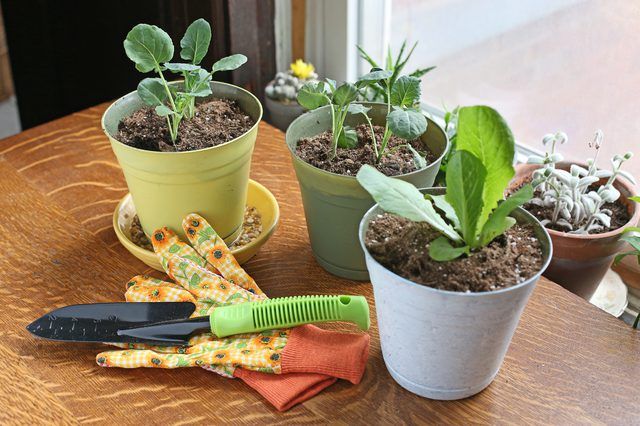
Vegetable gardens can be large or small, and an indoor garden can be adapted to the space available. If you plan to grow vegetables on a kitchen's small windowsill, then use small containers and select small vegetables to grow. If you have a sun-room or large enclosed patio, you can utilize the space and light for growing bigger plants in larger containers.
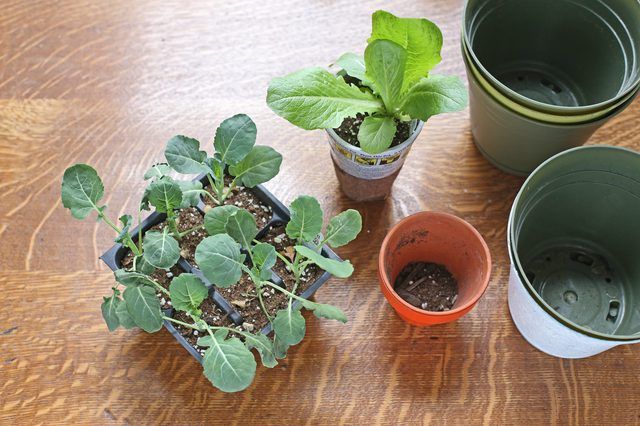
Some plants will become spindly, or leggy, and weak due to insufficient light, and others do not fruit well. The "Arizona Master Gardener Manual" states that leaf and root crops can withstand some shade, but plants that produce fruits usually need a minimum of five hours of direct, full sunlight each day. Putting the latter where they’ll receive eight to 10 hours of direct, full sunlight daily will produce much better results. South-facing windows generate the most light. Improve the light available for your vegetables by placing reflective items near them. Mirrors, aluminum foil and white walls all work well for that purpose. For fruiting plants like tomatoes that require longer periods of light, supplement the light by using fluorescent light fixtures.

Although growing plants indoors allows you to modify the temperatures to which they’re exposed, the humidity in many modern homes tends to be on the dry side especially during winter. The drier air puts plants at risk of drying out more quickly than normal, particularly plants in small containers. Mitigate that risk by planting in larger containers, running a humidifier or misting the plants with a spray bottle filled with water. Filling a tray with 1 to 2 inches of pebbles and sitting the containers on top also creates humid conditions.
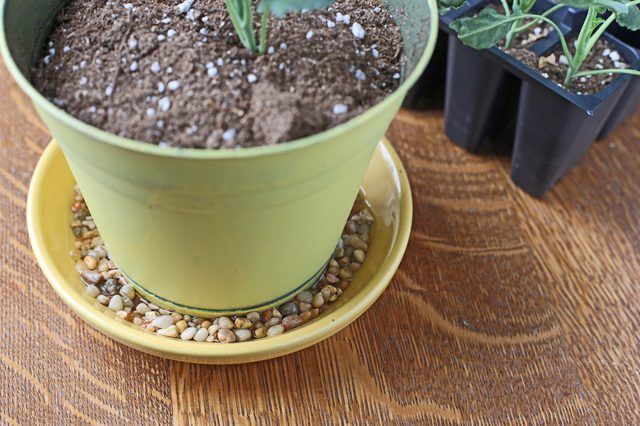
Starting an indoor vegetable garden is as simple as selecting proper sized draining containers, high-quality potting soil or compost that drains well and seeds or starter plants. If you will use large pots, place them in their final position before filling them with soil because they may be too heavy to move afterward. For proper growth of roots, most vegetable plants require containers that are 6 to 8 inches deep. Select a container that will hold the mature plant and remain upright. Fill containers with potting soil and plant seeds at the correct depth following seed packet instructions. Water gently and thoroughly to ensure no air pockets remain. If you plant starter plants, place each one's root ball into a small soil depression, and cover each root ball fully with additional soil. Tamp the soil gently around each plant's base, and sprinkle the soil with water.
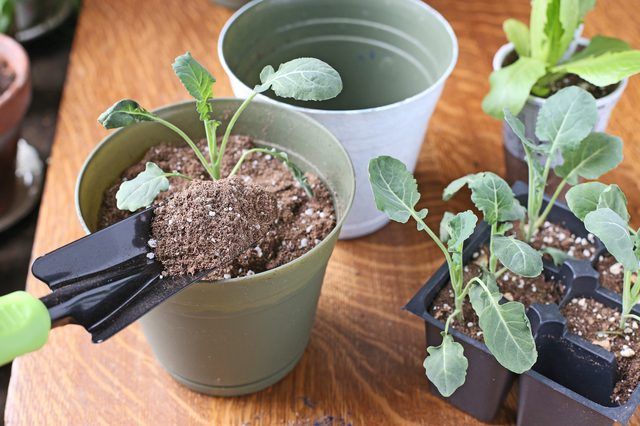
Growing vegetables indoors in containers is very similar to growing them in outdoor, inground gardens. The primary care difference is that indoor plants need less water because container soil dries slower. Some vegetables' soil may need water two times each day, particularly as the plants grow large or produce fruits. Before watering, check the top inch of soil and if it's dry water until it runs from the bottom drain holes. Overwatering leads to disease problems.
Container vegetable plants require less fertilizer than outdoor vegetables and are more at risk of being overfertilized because they grow in relatively small amounts of soil. No additional fertilizer is needed for their first eight or 10 weeks of growth if they are in soil that includes fertilizer, and water-soluble fertilizer may be applied carefully every three weeks afterward. Use a product like an 8-4-4 blend mixed at a rate of 1.5 tsp. per gallon of water and water until it runs from the containers bottom drain holes.
